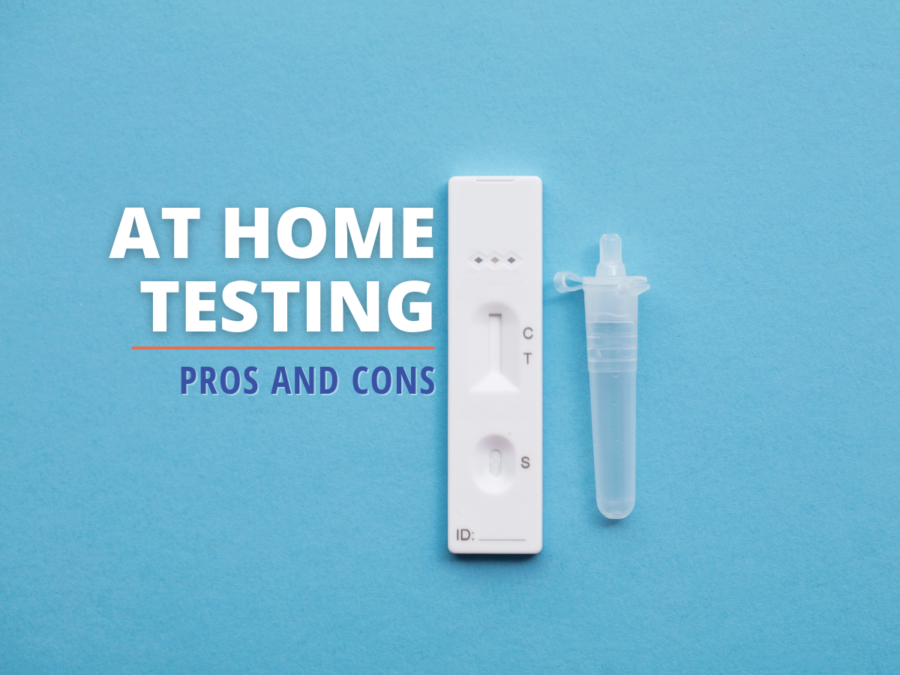Point of care testing refers to any patient testing that is done at, or near, the actual location of the patient. POC testing can be done at home, at work, in the car, or in a healthcare setting. The recent pandemic has led to an increase in POC testing for a multitude of reasons: a shortage of lab personnel, a shortage of testing or collection supplies, increased demand for tests, fear of exposure to contagious pathogens, convenience, etc.
POC testing now exists for a variety of tests. In fact, 37% of the market is used for Infectious Disease testing with flu testing making up the largest component of that. 80% of flu testing is done in physicians’ offices. Testing for gonorrhea and syphilis is also common in the clinical setting.
Another large growth component of the POC market is urine drug testing. These tests are easy to use, include controls, and provide quick results. Depending on the specific metrics and conditions of the testing, urine drug testing can have greater than 90% concordance with the gold standard of chromatography and/or mass spectrometry.
POC testing is also available for urine dipsticks, urine testing for albumin/creatinine ratio, serum creatinine, and cystatin C which test for kidney function.
While the use of POC testing has been increasing, it isn’t new. The first home pregnancy tests appeared on the market in 1976. Blood glucose meters followed shortly after that in 1981. There are also POC tests available for hemoglobin A1c for diabetes monitoring, PT/INR for coagulation monitoring, and fecal occult blood testing to screen for colorectal cancer.
Within the healthcare setting, there are many pros to POC testing. These tests can be performed rapidly by trained clinical personnel. Results can be provided quickly to help determine the best treatment plan for patients in a timely manner. This, in turn, helps reduce the time spent by the patient in the facility and frees up the clinical staff to spend more time with additional patients, decreasing healthcare costs for the patient. These testing devices are easy to use and can be integrated with other healthcare applications used by the clinical staff. POC testing is especially beneficial for use in the ER and by first responders.
Outside of the healthcare setting there are also benefits to POC testing. They allow for advanced care for patients, mobile monitoring, and self administration of medication when necessary, allowing for a better quality of life for patients. Real time results are provided, allowing patients and clinicians to make healthcare decisions at the point of testing versus hours to days later. Patient and healthcare providers have better control over medication and treatment administration, monitoring, and alerts. These devices can also store historical data from readings for better monitoring and evaluation at follow up visits with providers.
There are disadvantages to POC testing, as well. This testing is usually performed by people who don’t have clinical laboratory training (this includes the staff administering tests at physician offices, etc). Even clinical laboratories deal with issues of interference and inaccuracy in testing with their team of trained laboratory personnel. Lack of training means a lack of knowledge of lab assays and reliability of testing. There is also a lack of knowledge of pre and post analytical processes which can greatly affect the quality and accuracy of test results. Key information regarding potentially abnormal or inaccurate results is also not readily available, e.g. reagents, expiration dates, lot numbers). Because of issues with compatibility between software systems and devices, results often have to be entered manually which is both time consuming and increases the risk of human error.
There are clear advantages and disadvantages to POC testing and clinical laboratory testing. In some situations, POC testing gives an advantage to healthcare clinicians, minimizes risk, cuts cost, and provides a quality experience for the patient. Clinical lab testing is more advanced than POC testing, follows the processes for lab testing to help eliminate inconsistencies and erroneous results, and can be fully integrated with the technology in the lab to ensure results are accurate, analyzed, validated, and recorded. Despite their differences, the gaps between these two types of testing continue to shrink with the advances in software and technology.
*Information presented in this blog is for educational purposes only and does not represent the clinical practices nor availability of testing of Genesis Reference Labs.
References
https://www.aacc.org/cln/articles/2022/april/opportunities-and-challenges-in-point-of-care-testing

